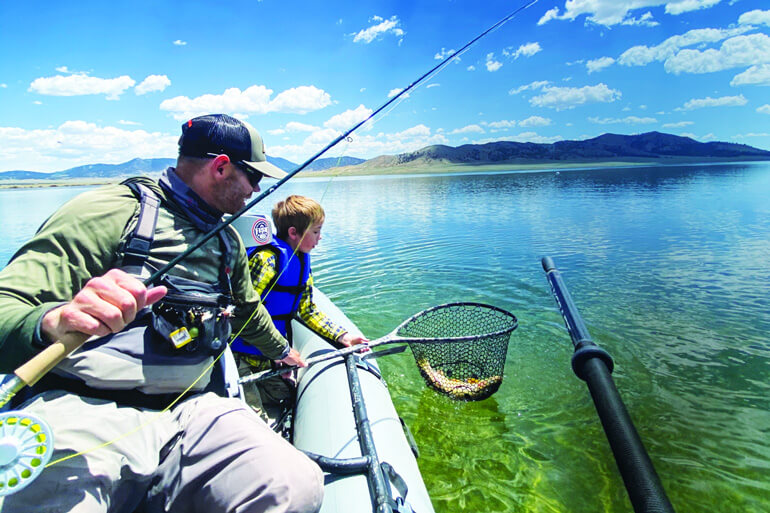When it comes to enhancing your fishing experience, a landing net is an essential piece of equipment. It aids in safely securing your catch, minimizes stress on the fish, and increases your chances of a successful release. Here are the key factors to consider when purchasing a landing net.
1. Material
- Netting Material: The material of the netting is crucial. Rubber or rubber-coated nets are preferable because they are gentler on the fish, preventing injuries and reducing the risk of disease transmission. Nylon nets are also common but can cause more harm to the fish’s scales and slime coat.
- Handle Material: Handles can be made from aluminum, fiberglass, or composite materials. Aluminum is lightweight and durable, making it a popular choice. Fiberglass is strong and flexible, while composite materials offer a balance of strength and weight.
2. Size
- Hoop Size: The size of the hoop should match the size of the fish you’re targeting. Larger fish require bigger hoops to ensure they can be landed easily without excessive struggle.
- Handle Length: The handle length is important depending on your fishing environment. For boat fishing, longer handles are useful for reaching overboard. For wading or shore fishing, shorter handles provide better maneuverability.
3. Portability
- Collapsible Nets: If portability is a concern, consider a collapsible or telescopic net. These nets are easy to transport and store without sacrificing functionality.
- Weight: A lightweight net reduces fatigue during long fishing trips. Ensure the net is light enough to carry comfortably but sturdy enough to handle the fish you aim to catch.

4. Durability
- Construction Quality: High-quality construction is vital for longevity. Check for reinforced joints and sturdy materials that can withstand repeated use and exposure to water.
- Weather Resistance: Nets should be resistant to corrosion and rust, especially if used in saltwater environments. Look for anodized aluminum or stainless steel components.
5. Design Features
- Knotless Netting: Knotless nets are less likely to harm fish and reduce snagging on hooks or fins.
- Deep vs. Shallow Nets: Deep nets are suitable for larger fish that need more space, while shallow nets are better for small to medium-sized fish and allow for quicker handling and release.
- Floating Nets: For wade fishing, floating nets can be a lifesaver, preventing the net from sinking if accidentally dropped.
6. Price
- Budget Considerations: While it’s tempting to go for the cheapest option, investing in a higher-quality net can pay off in the long run through durability and better performance. However, there are excellent options available in various price ranges to suit different budgets.
Choosing the right landing net involves considering the type of fishing you do, the species you target, and your personal preferences for materials, size, and additional features. By paying attention to these factors, you can find a landing net that enhances your fishing experience, ensures the safety of the fish, and stands the test of time.
Image: FlyFisherman





